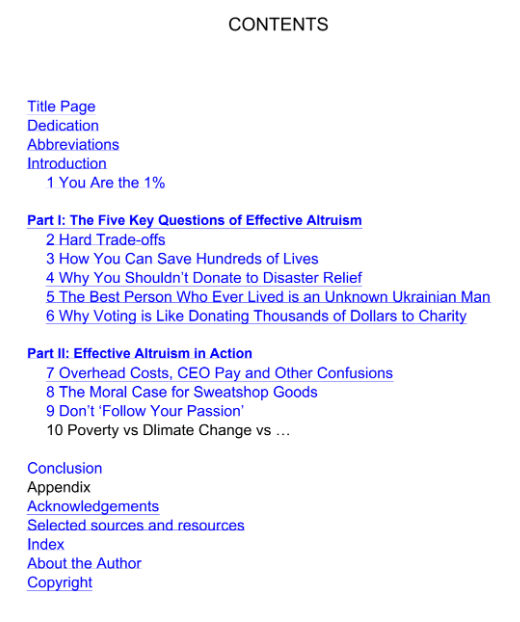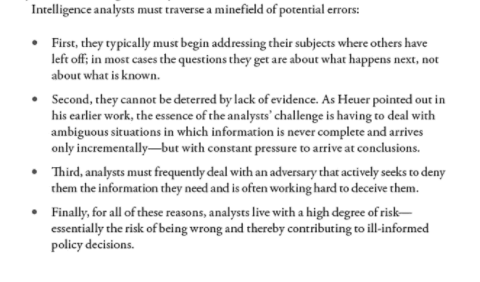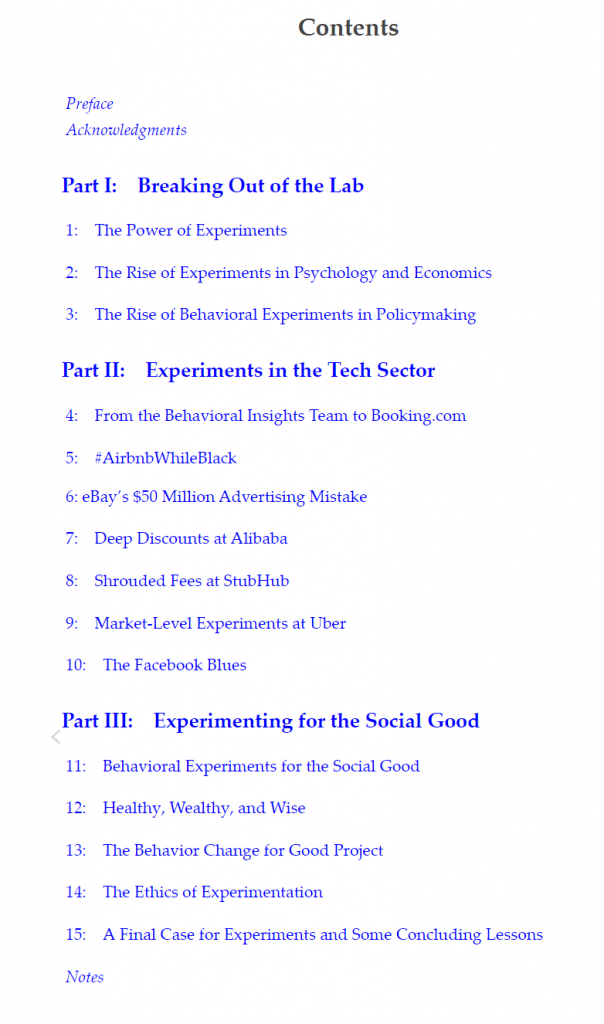Authors: Pete Barbrook-Johnson, Alexandra S. Penn
Highly commended, both for the content, and for making the whole publication FREE !!
Available in pdf form, as a whole or in sections here
Overview
-
- Provides a practical and in-depth discussion of causal systems mapping methods
- Provides guidance on running systems mapping workshops and using different types of data and evidence
- Orientates readers to the systems mapping landscape and explores how we can compare, choose, and combine methods
- This book is open access, which means that you have free and unlimited access
Contents:
Introduction Pete Barbrook-Johnson, Alexandra S. Penn Pages 1-19 PDF
Rich Pictures Pete Barbrook-Johnson, Alexandra S. Penn Pages 21-32 PDF
Theory of Change Diagrams Pete Barbrook-Johnson, Alexandra S. Penn Pages 33-46 PDF
Causal Loop Diagrams Pete Barbrook-Johnson, Alexandra S. Penn Pages 47-59PDF
Participatory Systems Mapping Pete Barbrook-Johnson, Alexandra S. Penn Pages 61-78 PDF
Fuzzy Cognitive Mapping Pete Barbrook-Johnson, Alexandra S. Penn Pages 79-95 PDF
Bayesian Belief Networks Pete Barbrook-Johnson, Alexandra S. Penn Pages 97-112 PDF
System Dynamics Pete Barbrook-Johnson, Alexandra S. Penn Pages 113-128 PDF
What Data and Evidence Can You Build System Maps From? Pete Barbrook-Johnson, Alexandra S. Penn Pages 129-143 PDF
Running Systems Mapping Workshops Pete Barbrook-Johnson, Alexandra S. Penn Pages 145-159 PDF
Comparing, Choosing, and Combining Systems Mapping Methods Pete Barbrook-Johnson, Alexandra S. Penn Pages 161-177 PDF
Conclusion Pete Barbrook-Johnson, Alexandra S. Penn Pages 179-182 PDF
Back Matter PDF





